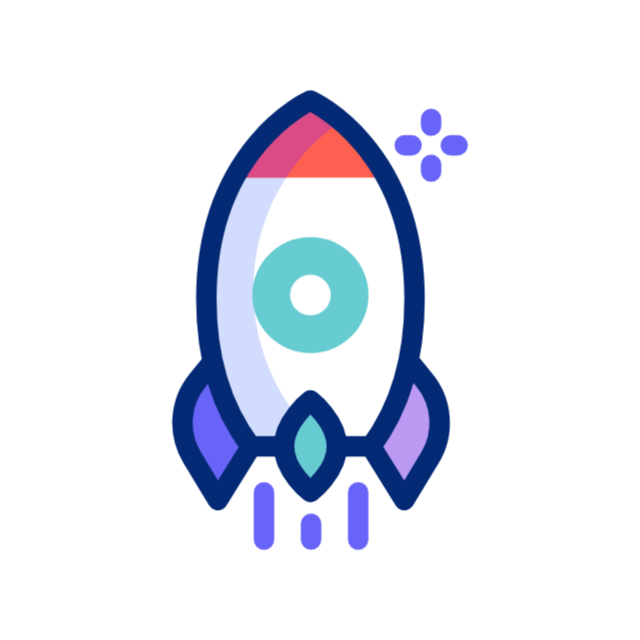The software world speeds up. Developers now work with an AI that writes code. The AI takes steps with little help. The style is called vibe coding. Developers give ideas to the AI. The AI builds code with few checks.
What Is Vibe Coding?
Vibe coding means the AI leads the work. Karpathy, who worked at Tesla, first used this term. He sent a tweet that showed his approach. The tweet spoke of talking to a computer and letting it change code. Developers now send ideas to the machine. They check the results less than before. This method differs from AI-assisted coding where a human reviews each step.
Vibe coding shifts the work. Some see fast tests and quick builds. Others see risks. The code may miss a deep look or careful touch.
Tools Powering Vibe Coding

Tools make vibe coding work fast:
• GitHub Copilot works in popular code editors.
• Cursor Chat and Claude Code run in terminals.
• ChatGPT and Anthropic’s Claude answer code calls.
• Voice tools like SuperWhisper join in with hands-free help.
These tools let the coder speak ideas. They build the code block by block.
Use Cases and Developer Experiences
Developers build small projects with vibe coding. They test ideas in hours. The AI handles many words and lines. Yet, the work needs a human eye. A review saves bugs and grip issues. Some coders see a boost in speed. Others feel they lose a part of the craft.
The Human Element: Why the "Vibe" Matters
Coders feel a bond with their work. They learn by solving hard puzzles and debugging. That slow work creates true joy. Vibe coding changes this path. The human role moves to a guard over the machine. People still seek the thrill of a hard-won win in coding.
Risks and Ethical Considerations
Vibe coding is no simple fix. Code from AI can hide bugs. It may bring weak points in safety. The work might soon cost more compute power. It may also make a coder less keen to learn. Clear checks are needed to keep work trustable.
Preparing for the Future
Vibe coding calls for new skill work:
• Think in systems and build strong views.
• Make clear prompts to guide the AI.
• Keep the basics of code in view.
• Update ways to teach and work in coding.
The coder will still play a key role. They plan, check, and grow ideas with the machine.
Conclusion
Vibe coding marks a new step in software work. The AI writes while the human gives goals. Human care still wins when code is built. In this way, both can work hand in hand. Readers can see that code now grows from a mix of brain and tool.
Highlights / Key Takeaways
• Vibe coding has the AI in charge of code writing.
• It started with Karpathy and his tweet.
• Main tools include GitHub Copilot, Claude Code, and ChatGPT.
• It builds prototypes and tests ideas fast.
• Some coders gain speed but may miss deep learning.
• The method risks weak code and high costs.
• The future sees coders checking designs and plans.
What’s Missing or Gaps
• Rules for safe vibe coding need more work.
• Data on work speed and code health is scarce.
• New paths for growing vibe coding skills must form.
• Ethical work and long-term code care need deep talk.
• More coder views from all work levels are sought.
Reader Benefit / Use-Case Relevance
• Developers learn what vibe coding means in plain terms.
• Teams weigh fast builds against the need for care.
• Teachers and managers see hints of new skills ahead.
• All can learn that work with AI must keep a strong human check.
This version links words in simple pairs. Each idea builds near the next one. The result is clear, smart, and a good mix of tech and care.


